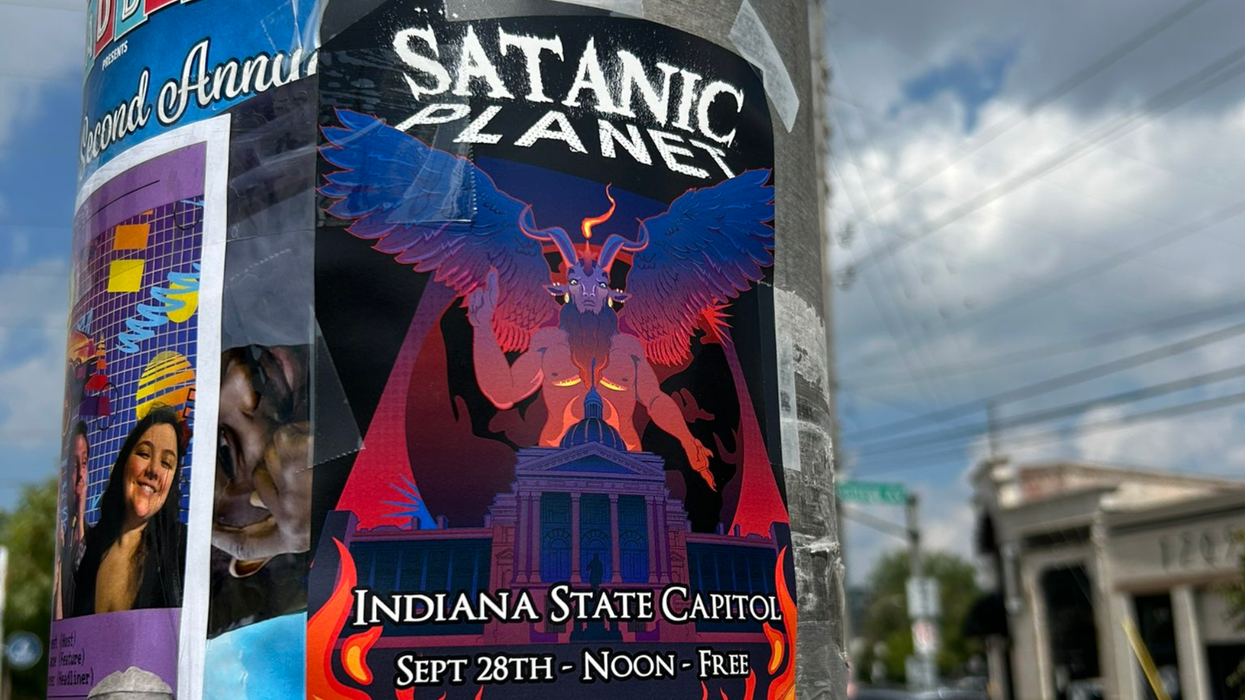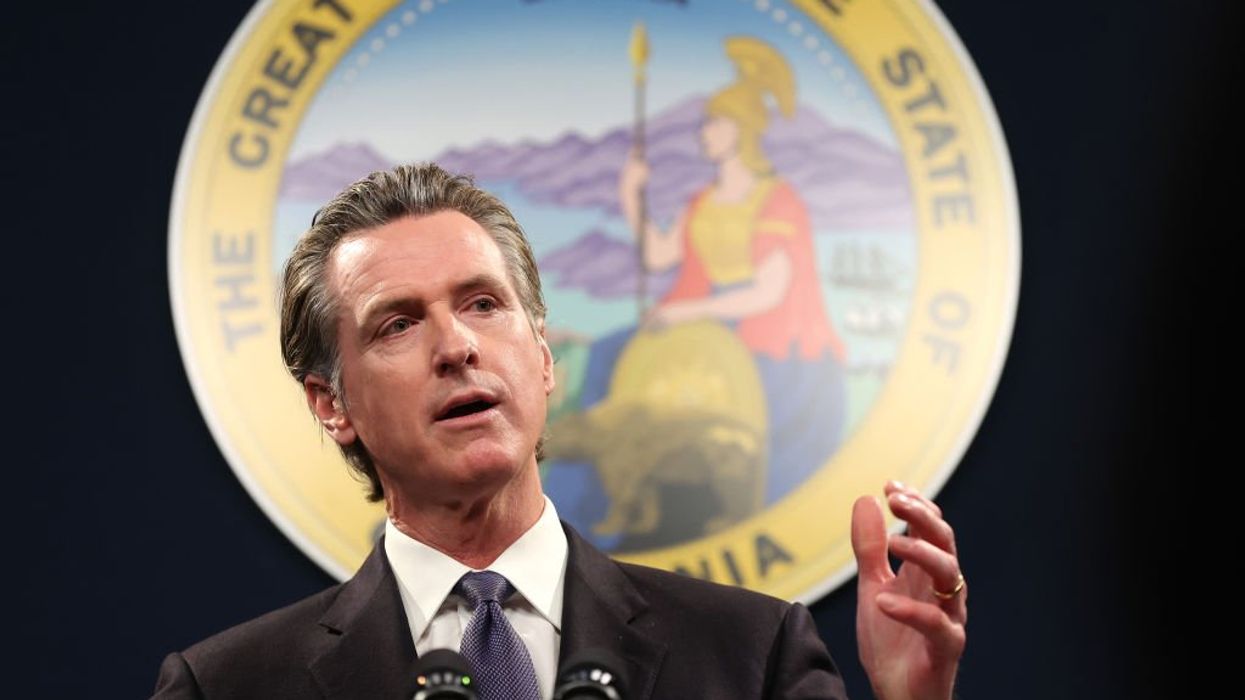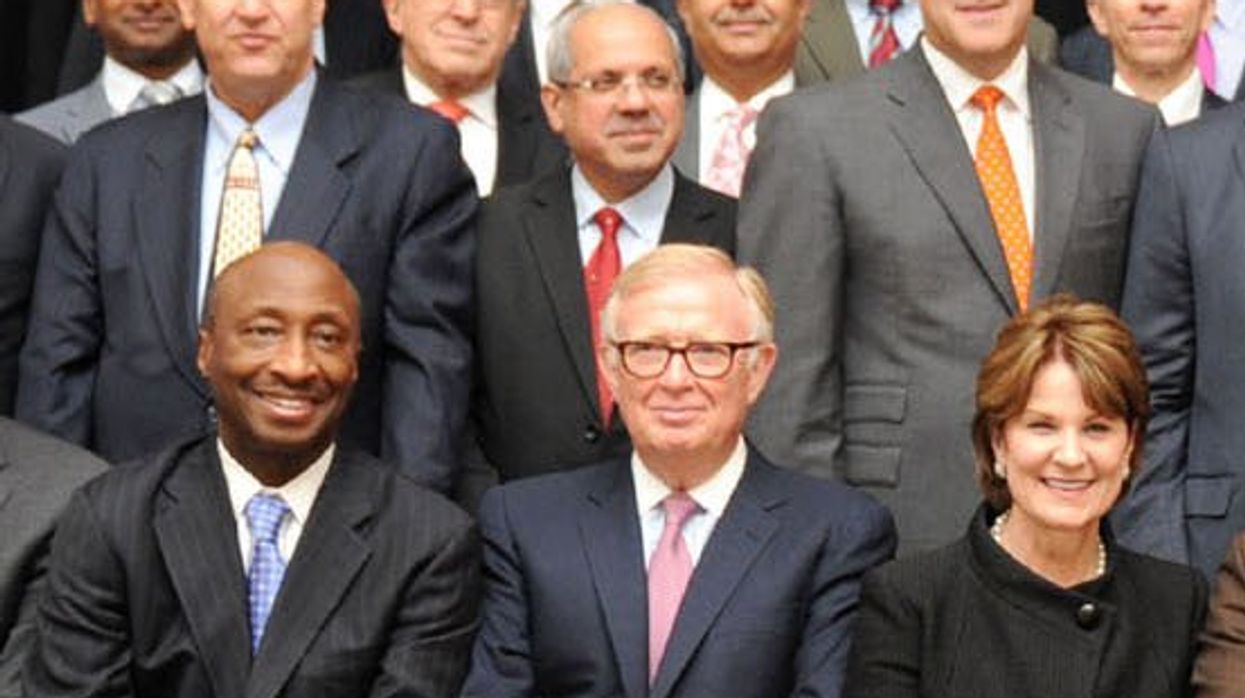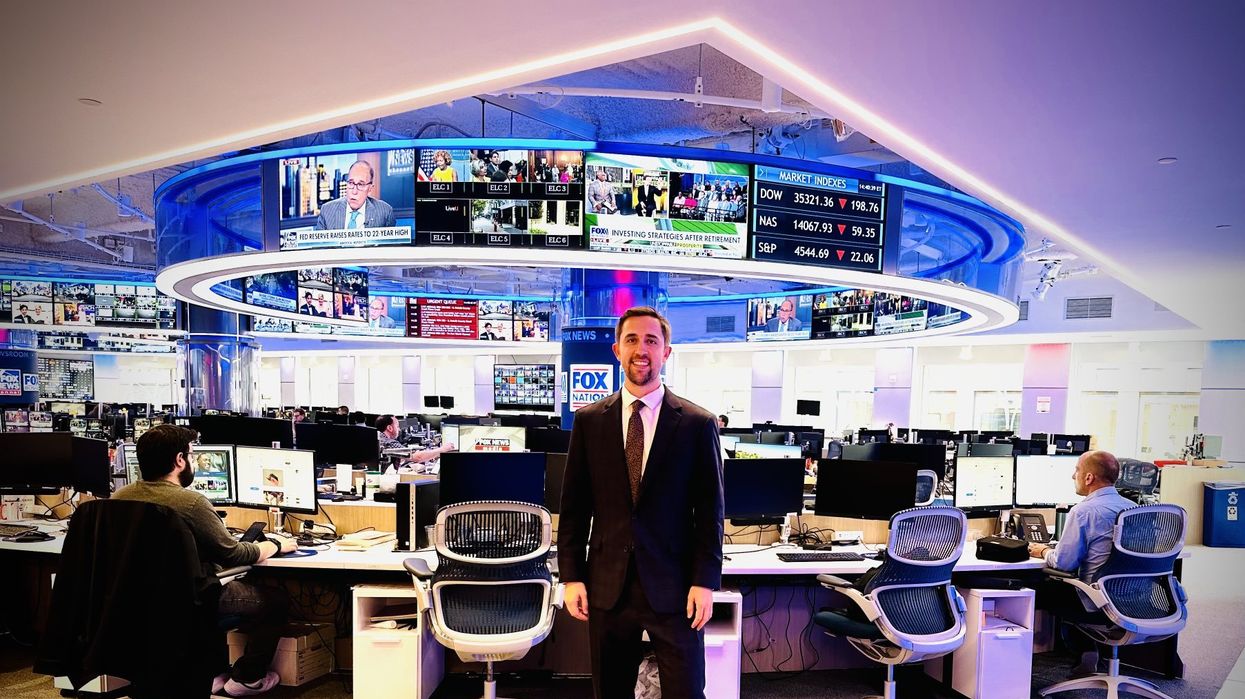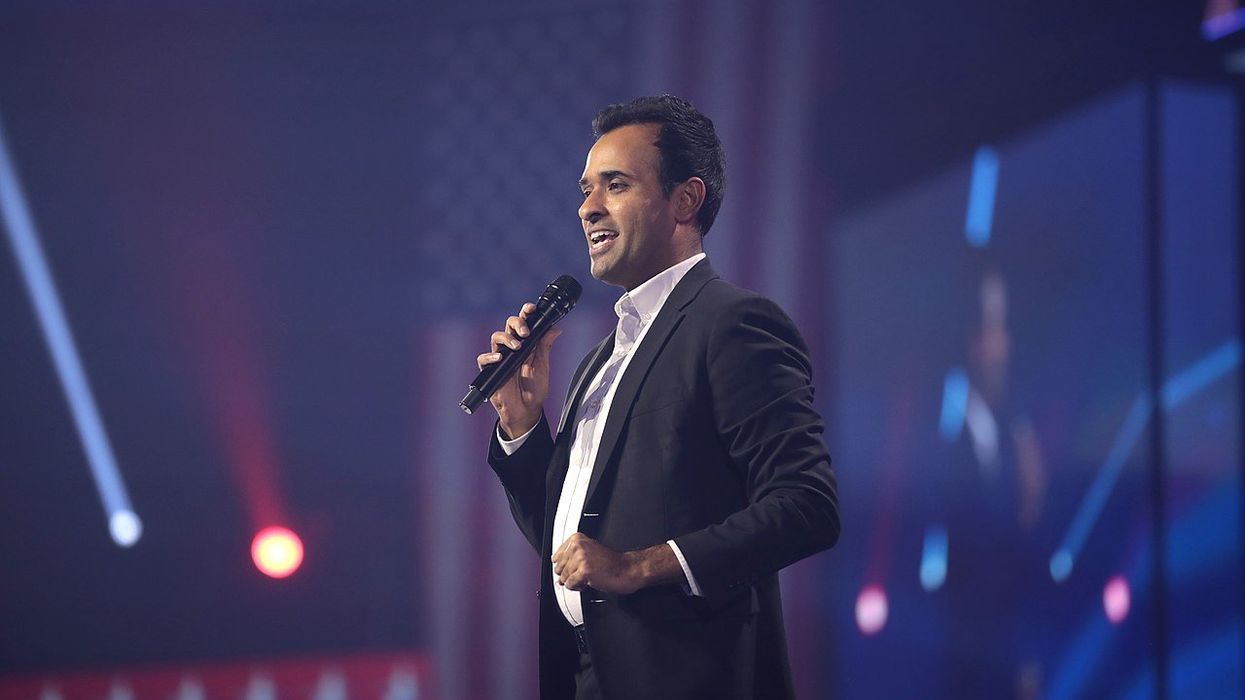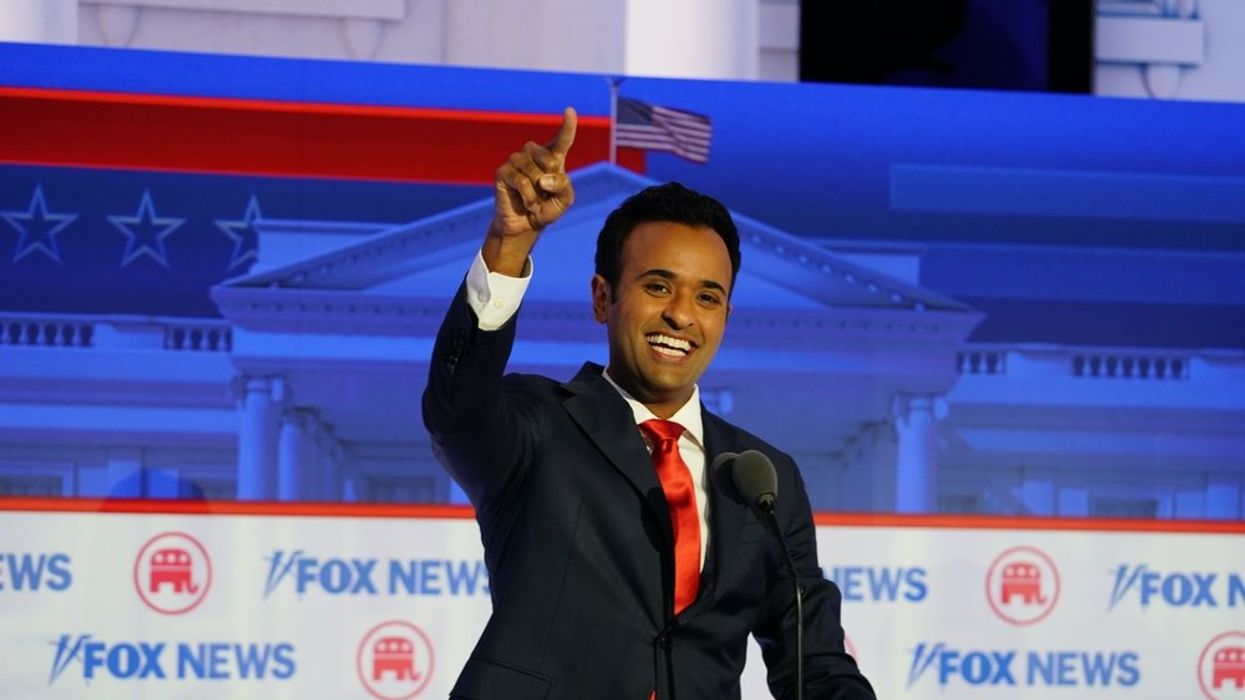
A Florida megachurch in 2013 (Creative Commons)
September 08, 2023
The Christian nationalist movement is not only hoping to coerce Americans into becoming more religious — it is also hoping they will embrace the severe and extreme form of Christianity favored by far-right evangelicals.
But according to the new Jim Davis/Michael Graham book "The Great Dechurching: Who's Leaving, Why Are They Going, and What Will It Take to Bring Them Back?," the opposite is happening. The United States on the whole, David and Graham report, is becoming less churchgoing.
Religion News' Bob Smietana, in an article published on September 7, points out that Davis and Graham offer plenty of data to back up their "dechurching" argument. And they used research conducted by Eastern Illinois University's Ryan Burge and Denison University's Paul Djupe.
Smietana explains, "The dechurching study eventually yielded profiles of different kinds of dechurched Americans: 'cultural Christians,' who attended church in the past but had little knowledge about the Christian faith; 'mainstream evangelicals,' a group of mostly younger dropouts; 'exvangelicals,' an older group who had often been harmed by churches and other Christian institutions; 'dechurched BIPOC Americans,' who were overwhelmingly Black and male; and 'dechurched Mainline Protestants and Catholics,' who had much in common despite their theological differences."
Smietana notes, however, that according to the book, "many dechurched Americans might return to churches if they found a stable and healthy congregation."
The Christian nationalist movement is not only hoping to coerce Americans into becoming more religious — it is also hoping they will embrace the severe and extreme form of Christianity favored by far-right evangelicals.
But according to the new Jim Davis/Michael Graham book "The Great Dechurching: Who's Leaving, Why Are They Going, and What Will It Take to Bring Them Back?," the opposite is happening. The United States on the whole, David and Graham report, is becoming less churchgoing.
Religion News' Bob Smietana, in an article published on September 7, points out that Davis and Graham offer plenty of data to back up their "dechurching" argument. And they used research conducted by Eastern Illinois University's Ryan Burge and Denison University's Paul Djupe.
Smietana explains, "The dechurching study eventually yielded profiles of different kinds of dechurched Americans: 'cultural Christians,' who attended church in the past but had little knowledge about the Christian faith; 'mainstream evangelicals,' a group of mostly younger dropouts; 'exvangelicals,' an older group who had often been harmed by churches and other Christian institutions; 'dechurched BIPOC Americans,' who were overwhelmingly Black and male; and 'dechurched Mainline Protestants and Catholics,' who had much in common despite their theological differences."
Smietana notes, however, that according to the book, "many dechurched Americans might return to churches if they found a stable and healthy congregation."
Find Religion News Service's full report at this link.
